The metaverse: heard of it?
We’re just kidding: of course you have. Everyone’s talking about it – perhaps sometimes to the detriment of everything else.
Because whatever definition you hold of the metaverse, it’s worth remembering that it’s only one, relatively small, part of the limitless Multiverse we all operate in.
Yes, digital technology offers endless opportunities to create anything you want – but real-world experiences have a richness that virtual ones don’t. So how can you fuse the best of both?
Enter our Experience Economy Godfather himself, Joe Pine, who lit up Campfire 84 by guiding us through the Multiverse model from his book Infinite Possibility: Creating Customer Value on the Digital Frontier.
Taking place on the 30th anniversary of the publication of his book Mass Customization, his talk was a reminder that while the metaverse might feel like an overwhelming new dimension, it actually exists within a framework that goes back to the very beginning of humanity.

Because the multiverse isn’t some quantum physics many-worlds hypothesis… it’s a many-realms way of understanding reality, virtuality, and everywhere in between. A guide for exploring the infinite possibility of fusing the real and the virtual. And a way of discovering how to use these hybrid experiences to create great value for your guests.
Ready to travel between dimensions? Then strap in as we enter the Multiverse…
The Move From Mass Production To Mass Customization
For Pine, the initial revelation that led to the development of his Multiverse model happened when he read the 1987 book Future Perfect by Stan Davis while working as a strategic planner at IBM. The heavens opened, the angels sang, and Davis’ chapter on “Mass Customizing” – a term he coined – explained everything Pine was already seeing when working with customers.
“What is the final step, the unitary building block for the market whole in the new economy? It is the ‘individual’ customer. Units of one, whether a consumer or a corporation. But these are not the single consumers and firms who were reached with customized goods and services in the limited, preindustrial markets. Rather, in the same way that segments and niches are reached on a mass basis, individuals can now be reached on a basis that is simultaneously mass and customized.”
Stan Davis, Future Perfect
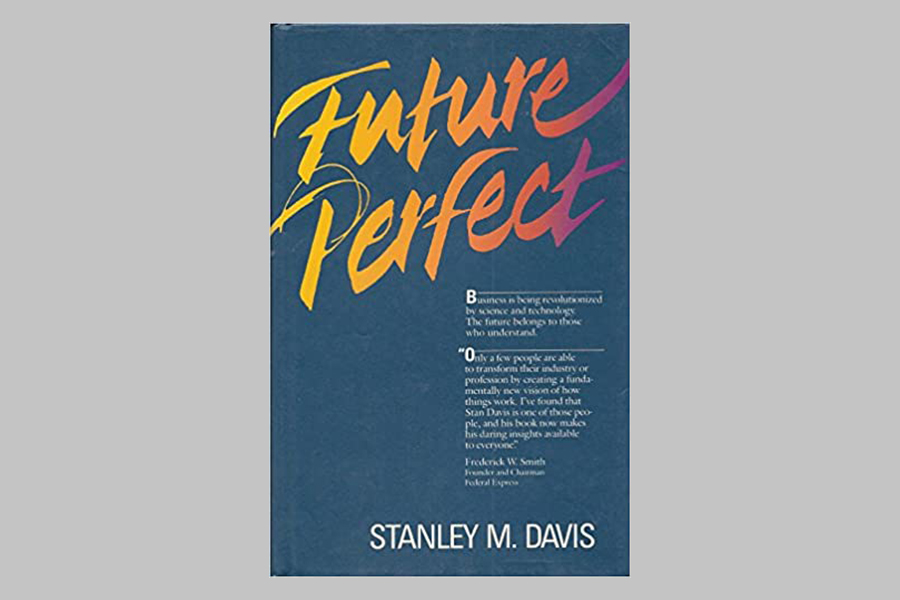
From this, Pine gleaned the key insights that:
- In the “new economy” (i.e. the Experience Economy) the individual customer was king
- “Customer” means “individual” rather than market, segment or demographic, whether they are a person or a corporate entity
- Technology is bringing down the cost of mass customization
These were the seeds of his thesis on mass customization, as well as the building blocks upon which his Multiverse model was built.
When It Comes To The Metaverse, Don’t Believe The Hype
So what does an epiphany that has its roots in 1987 have to do with the achingly futuristic prospect of the metaverse?
There are already 1,610 mentions of the term “metaverse, schmetaverse” on Google, which can be loosely translated to mean “doubt the hype”.
“It doesn’t doubt the possibility or the benefits of the metaverse, or the fact that we are almost certainly going to be in something that can be called a metaverse part of the time. However, it does suggest that the concept is overhyped, and is just a small part of the possibilities that experience designers should be aware of.”
Joe Pine
When Mark Zuckerberg announced that Facebook was changing its name to Meta, guess what word cropped up over and over again?
That’s right… “experiences”. (We also wholeheartedly believe that all experience designers should be doing their best to make this video go viral, to prove that we are living in an Experience Economy!)
The metaverse isn’t an end in itself, it’s yet another way that we can fuse the real and the virtual to create new possibilities. As Pine puts it in the introduction to his book:
“This book presents a new way of thinking about the opportunities for creating new, wondrous, immersive, and fully engaging experiences that effectively fuse the real and the virtual. . . .along the way, you will further appreciate the greater implications for you, your business, and ultimately for society as we explore and then exploit these new possibilities – first in our imaginations, then with our technology, and finally through our direct experience. Infinite possibility awaits those willing, able, and prepared to make the journey.”
Joe Pine
The Multiverse Model: Redefining The Known Universe
Having dabbled in cosmology and physics on the side of experience design, Pine decided to create a humble framework that merely attempts to redefine the known universe in order to map out a guide to accessing this “infinite possibility”.
The known universe is made up of three fundamental dimensions: Time, Space, and Matter. All of our experiences happen within these dimensions, and therefore these are the three variables we have available as experience designers to play with when creating our experiences.
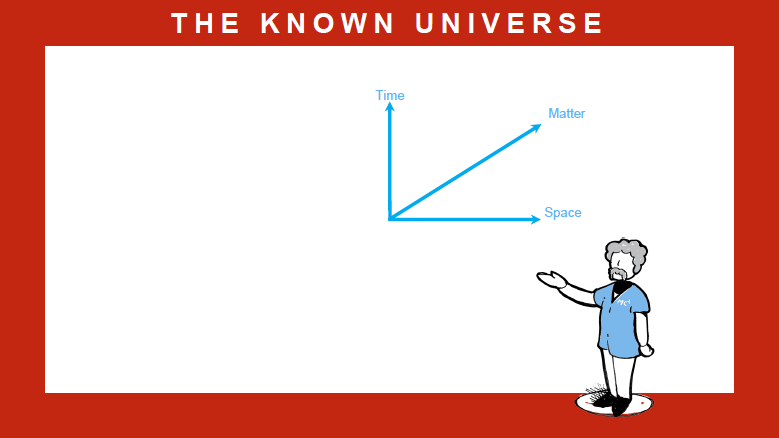
However, as Davis described in Future Perfect, his intention was to:
“…give new meaning to time, space, and matter in shaping tomorrow’s business and organization. In the industrial economy managers considered time, space, and matter as constraints, whereas in the new economy they will come to think of them as resources. This will require profound transformations in the way we think about time, space, and matter.”
Stan Davis, Future Perfect
To trigger this transformation in our thinking, Davis proposed the idea of “No-Matter”: an intangible substance that extends the known universe and opens up new possibilities.
“In the new economy, the value added will come increasingly from intangibles. . . whose importance does not lie in their material existence.”
Stan Davis, Future Perfect
Pine takes this concept of No-Matter and runs with it, extending all three of the fundamental dimensions of the known universe outwards to enhance the possibilities and by doing so, enter the Multiverse.
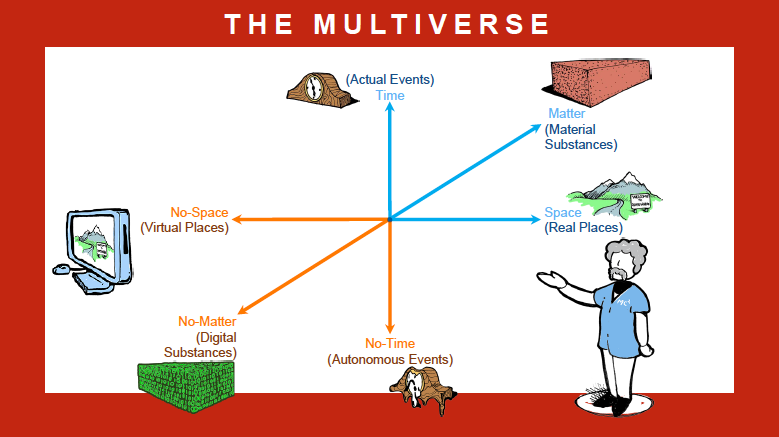
The opposite of Matter becomes No-Matter: digital substances that can be used to enhance and create new experiences. Augmented reality is one version of this, as it adds No-Matter onto a reality-based experience.
The opposite of Space is No-Space: virtual places that occur anywhere you have a screen, whether this be a smartphone, VR goggles or perhaps eventually digital contact lenses. These virtual places allow us to do things that are impossible in reality and bring our imaginations into being.
The opposite of Time is No-Time: autonomous events which unlike actual events, which unspool moment by moment, allow us to explore time in a different way by envisaging the future, exploring the past, or exploring ideas in a non-linear way.
Designing On The Spectrum Of The Multiverse
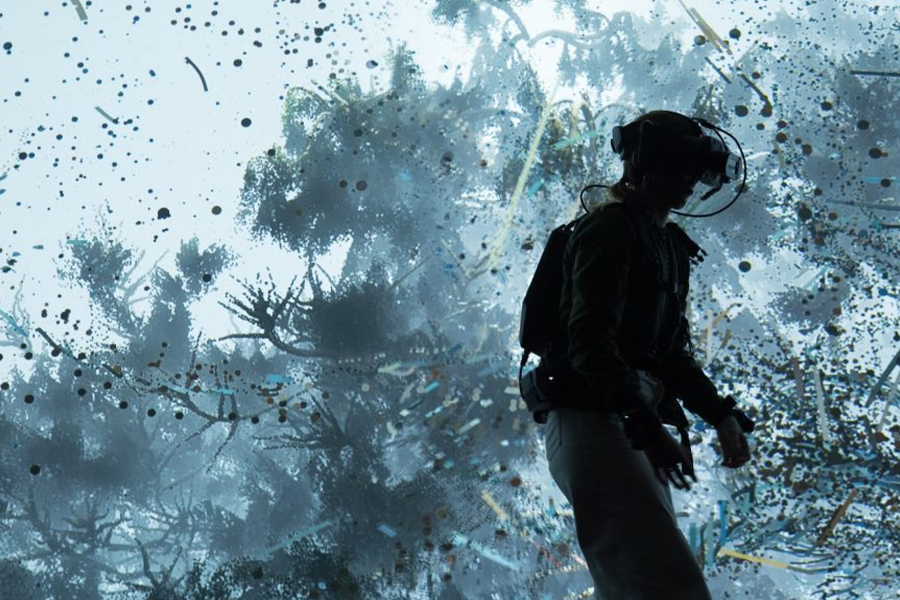
When it comes to designing experiences, the most interesting experiments are those that happen somewhere in the middle, not at the end points of these dimensions, fusing both the “real” and “virtual” worlds.
Matter x No-Matter: digital substances can enhance our reality by offering us mass customisation and offering a greater set of capabilities. Take a Nest thermostat, for example, which offers far more than a normal thermostat. Or experience platforms which allow us to create itineraries that can impact the real world, such as Disney’s “Genie+” feature in its My Disney Experience app, which allows you to personalise your park experience.
Space x No-Space: anything you can see on a screen is showing you a virtual reality, but we also have access to a virtual screen in our mind’s eye. When we read, for example, we escape reality and create a virtual experience that exists in our own head. Digital technology merely amps up the possibilities of what we can do.
We also need to design for real places, even when we’re having virtual experiences. We may think we’re having a purely digital experience when we put on VR goggles or haptics, but we’re still in a physical space when we become immersed in a digital reality.
If people are working from home, their employers need to provide them with the same physical environment as in an office, with comfortable chairs and large monitors, if they want the same levels of productivity. Apple designed a wonderful set of physical objects that allow us to have virtual experiences in the real world.
We can also bring virtual experiences out into the real world, as with Pokémon Go, the Nintendo Wii, or the evolution of VR games like Sandbox VR or Marshmallow Laser Feast, where we use our whole bodies and not just our thumbs to engage with a virtual world.
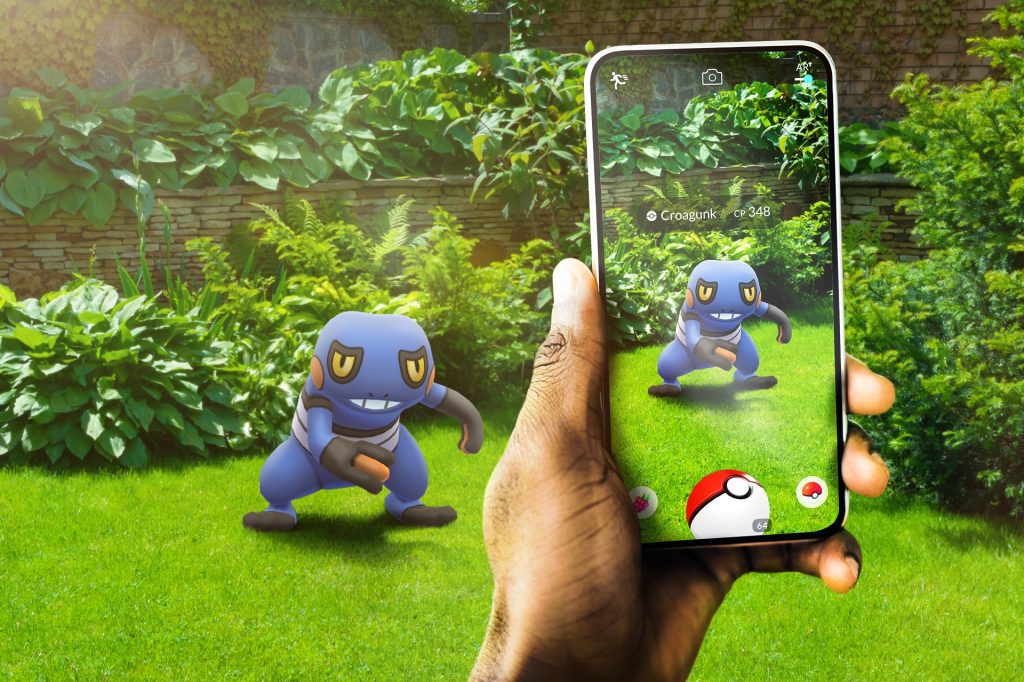
Virtual worlds can also bring us back into greater connection with our physical bodies.
“There’s a physical device you can use that turns pelvic floor exercises into a video game, creating a fun way to make people aware of their own body. I know someone who is doing a lot of biohacking and uses a lot of physical devices as a way to help people feel back to their body.”
Julia Eisenlöffel
Time x No-Time: there is a lot of value to time, as we’ve previously explored in Campfire 35: Time Is Money, Or A New Way To Measure ROX and Why Experience Design Is Also Time Design – Plus 5 Books To Help You Master It. Health and wellbeing apps, like exercise or weight-loss trackers, can help us see how we’re improving over time. A museum of living history gives us a way of exploring the past.
Experiences like SantaPark in Finland play with our perception of time, as no matter when you go, every day is Christmas. Perhaps most interestingly, if we can create an experience that helps get people into flow, our sense of normal time progressing can be washed away completely, allowing us to get rid of the tyranny of time.
Inspired by Rossman and Duerden’s book Designing Experiences, Ryan Hill reflected on how our memory of time is influenced by the impact of the experience, both micro and macro.
“The flow of time across the macro experiences in our memories emphasizes the meaningful ones more dominantly, even if they were only a fraction of the overall experience. In this way, time is far more ethereal than measurable.”
Ryan Hill
We’re designing for the remembering, as well as the participating self.
“Part of the value of an experience lies in its recall.”
Harsh Manrao
The Infinite Possibility Of The Multiverse
We can design experiences not only along these dimensional lines, but also in what Pine calls the eight realms, or “octents”, of the Multiverse. These include Mirrored Virtuality, Warped Reality and Augmented Reality.
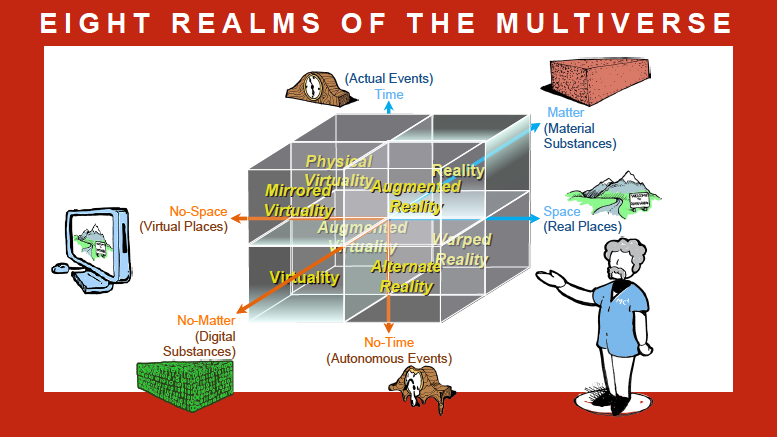
The most exciting revelation is: these endpoints never end. If you can dream up an idea, someone else is probably already working on the technology to make it happen, or shortly will be.
“Lots of money is going into the metaverse, but we should be looking at all the potential in the Multiverse to design experiences that fuse the real and the virtual.”
Joe Pine
As we move towards transformative experiences as the next level of economic value, we might even be able to use the Multiverse model to analyse an experience to see how much value it provides.
The Active Creation Of Belief
JRR Tolkien once argued that storytelling isn’t about the “suspension of disbelief”, as the poet Samuel Taylor Coleridge put forward, but the “active creation of belief”.
“The pleasurable surrender of the mind to an imaginative world is often described, in Coleridge‘s phrase, as ‘the willing suspension of disbelief’. But this is too passive a formulation even for traditional media.
When we enter a fictional world, we do not merely ‘suspend’ a critical faculty; we also exercise a creative faculty. We do not suspend belief so much as we actively create belief.
Because of our desire to experience immersion, we focus our attention on the enveloping world and we use our intelligence to reinforce rather than to question the reality of the experience.”
Janet H. Murray, Hamlet on the Holodeck
When we think about No-Space, No-Time or No-Matter, they can all be located in the imagination, which for experience designers is the greatest tool we have. Think about the effect of psychedelics on how we experience things, or the rise of functional experiences that aim to alter our perception without the use of drugs.
Augmented reality is also about augmenting belief: as Rob Morgan memorably stated in Campfire 14: The AR Firestarter, if you want someone to believe the world you’ve created, “don’t tell them they’re in a dragon cave; tell them they’re a dragon in disguise.”
Experience is all about perception, which isn’t a physical substance, but a way of manipulating what’s already there. Arjan Schimmel was reminded of Derren Brown, who plays with the way people perceive and therefore experience reality.
Halloween experiences work so well because they create a perception of danger and fear, even though participants are totally safe. (For more on the subjective nature of perception, read Rory Sutherland’s book Alchemy or check out Campfires 48 & 49: Who Wants To Be An Experience Alchemist?)
“An experience doesn’t have to be ‘real’, so we can focus on designing perceived experiences and combining them with the real world.”
Mike Gunawan
The WXO Take-Out
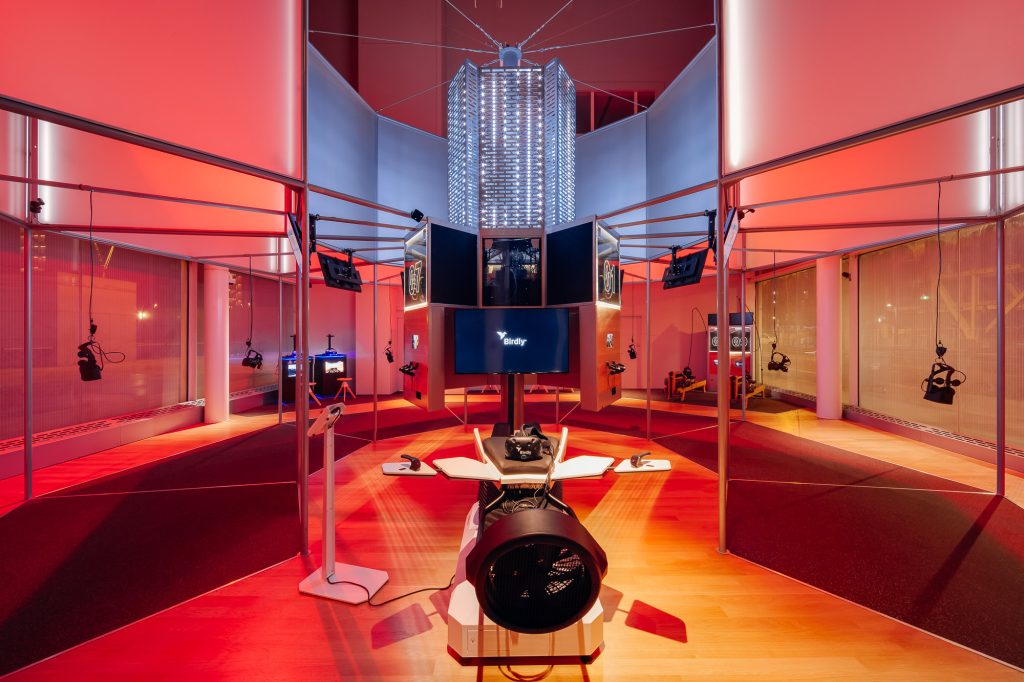
It’s easy to get caught up in the (over)hype that surrounds the metaverse – but Pine’s Multiverse model is a reassuring model that the resources we have as experience designers are both as old as humanity itself, and infinitely evolving to create new possibilities.
The metaverse is just one more tool to help us fuse the virtual and the real worlds, not a redefining of the way we experience both. The Multiverse model is a reminder of all the tools we have at our disposal when designing experiences, and the endless potential that arises where they intersect.
To start thinking Multiversally, ask yourself:
- What’s the screen experience that fires your soul?
- What’s the IRL, no-digital-technology-whatsoever experience that makes you feel the most alive?
- How might you bring these together?
To continue the conversation, WXO Members can head to the topic on My WXO here.
To see the full line-up for the WXO Campfires Season 5, click here.
To apply to join the WXO and attend future Campfires, click here.






